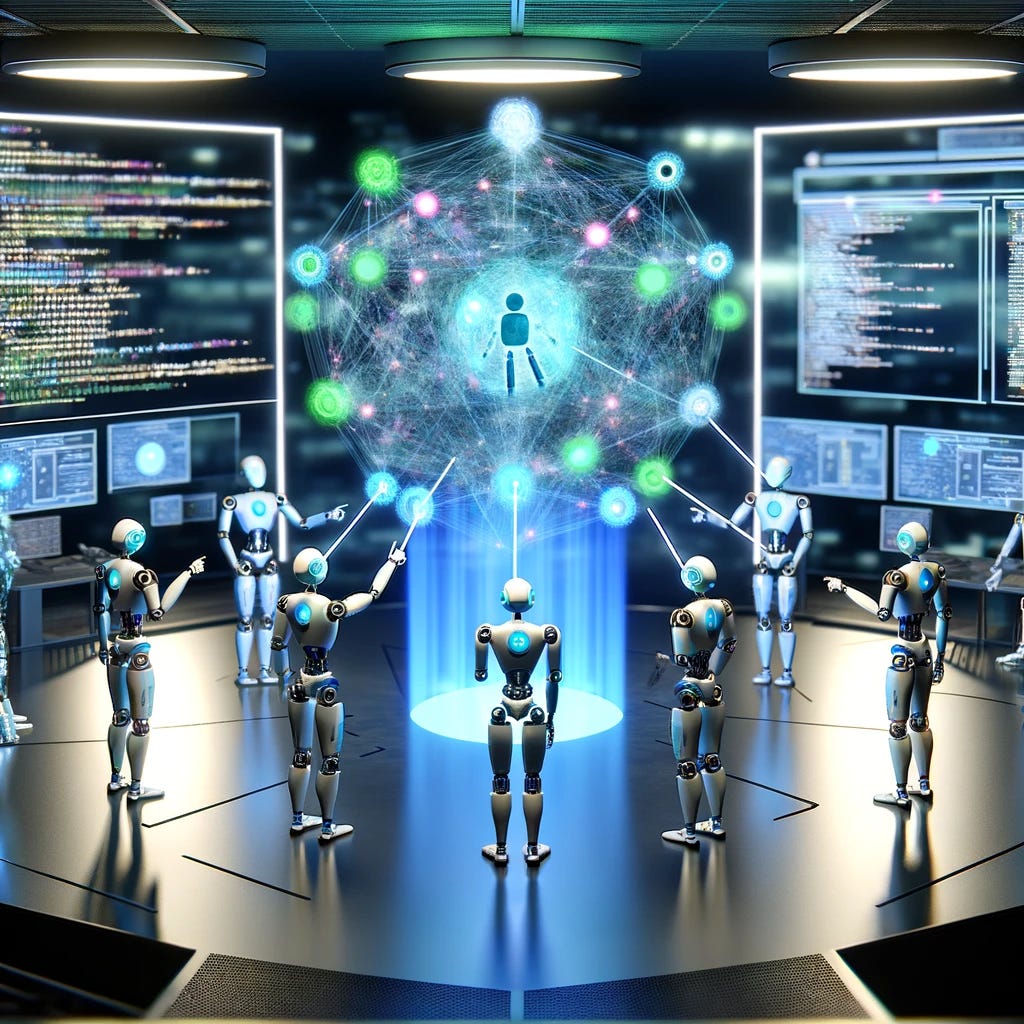Edge 372: Learn About CALM, Google DeepMind's Method to Augment LLMs with Other LLMs
Just like RAG but with LLMs!
Knowledge augmentation is one of most important topics in LLM-based applications. Over the last few months, we have seen a proliferation of augmentation techniques such as retrieve-augmented-generation(RAG) that attempt to expand LLM knowledge with access to external tools or data. However, can we augment LLMs with other LLMs? This seems like an area worth exploring and is the subject of a new paper by Google DeepMind.
The idea of augmenting LLMs with LLMs ties directly into the area of model composition. The key principle to explore is whether it’s possible to combine a general-purpose anchor model with a specialized model to create new abilities. For example, could the code understanding ability of one model be merged with the language generation skill of another to facilitate code-to-text generation? Typically, the solution involves additional training or fine-tuning of the anchor model using the data from the specialized model. However, this approach can be computationally expensive and sometimes impractical due to data privacy concerns and organizational limits.

